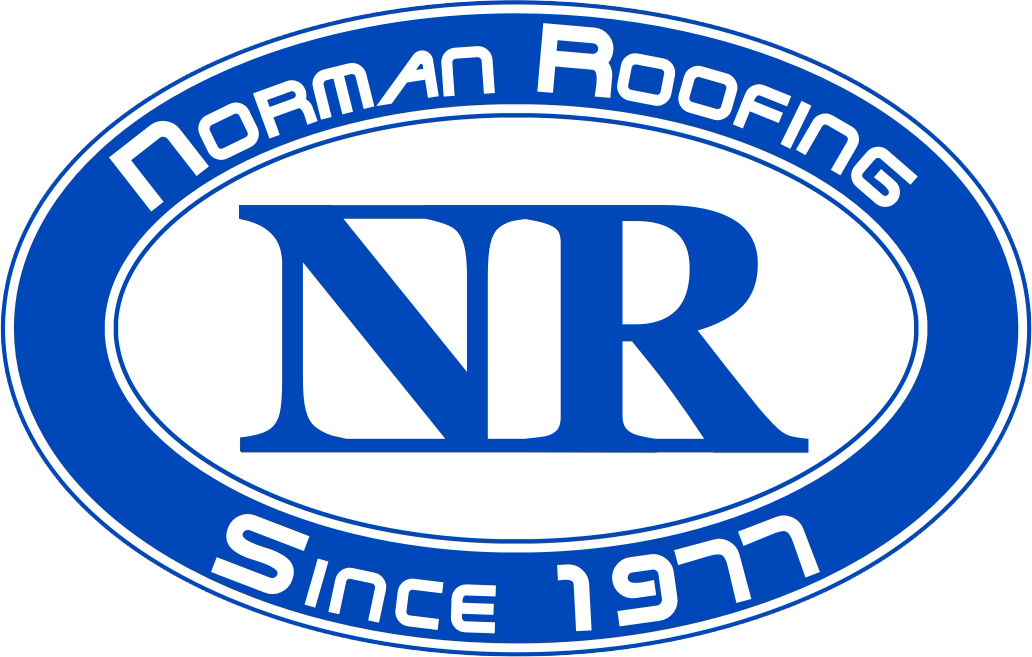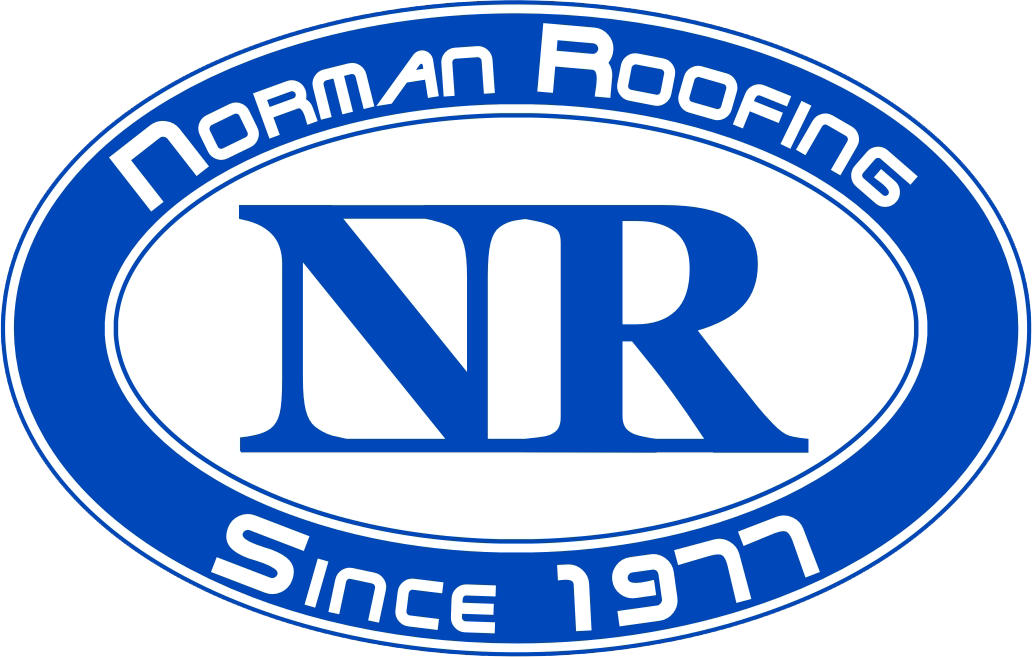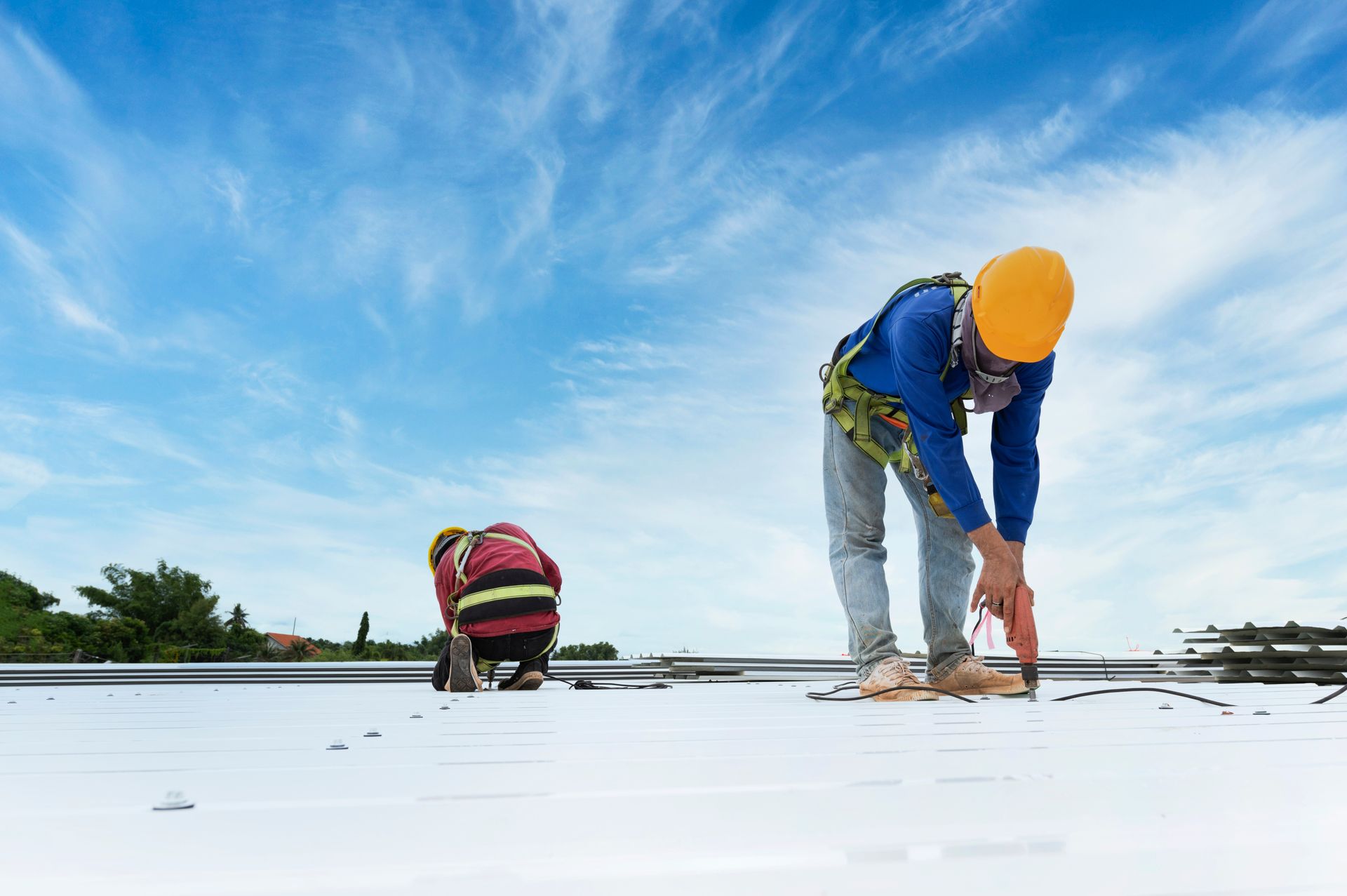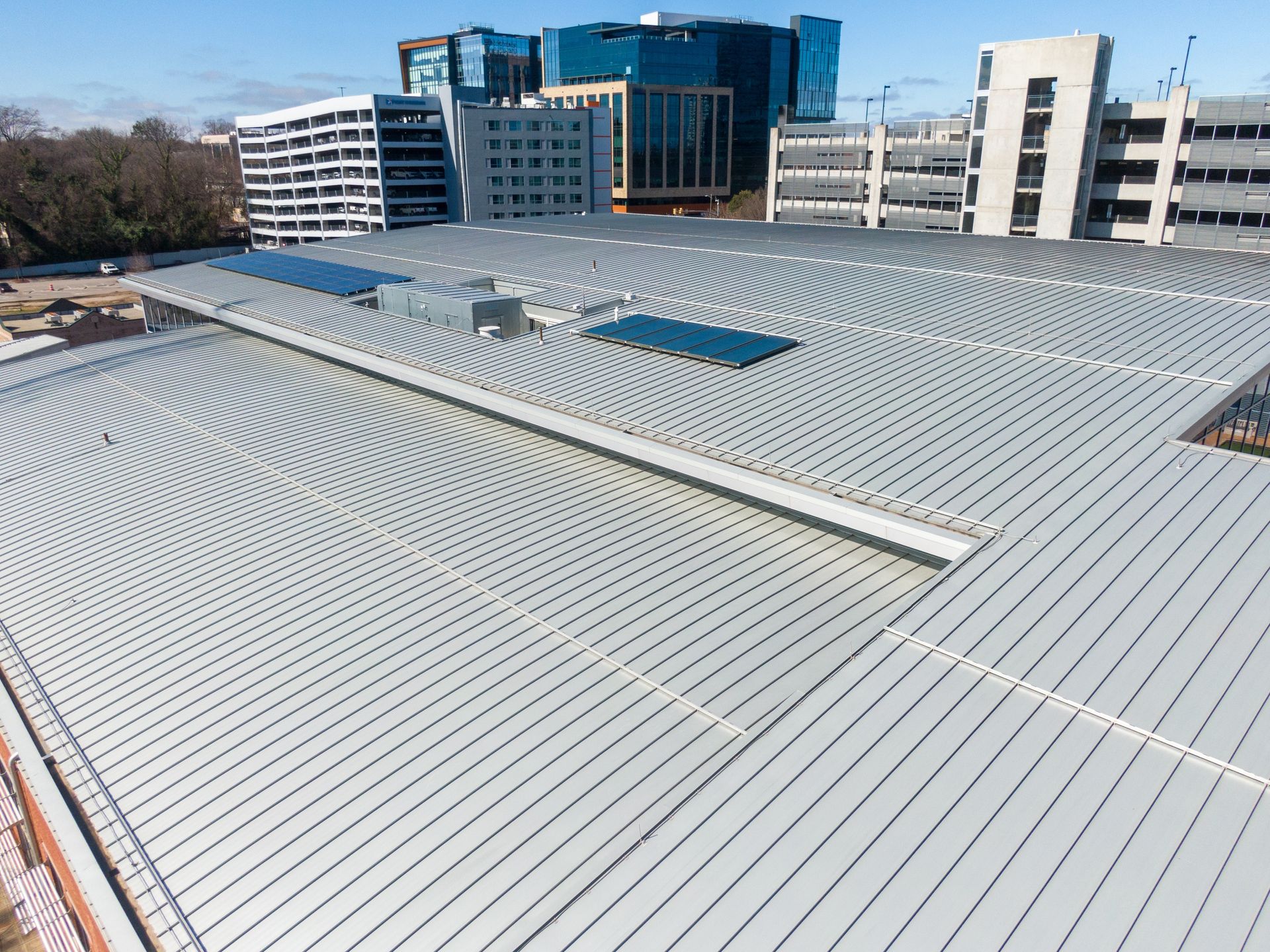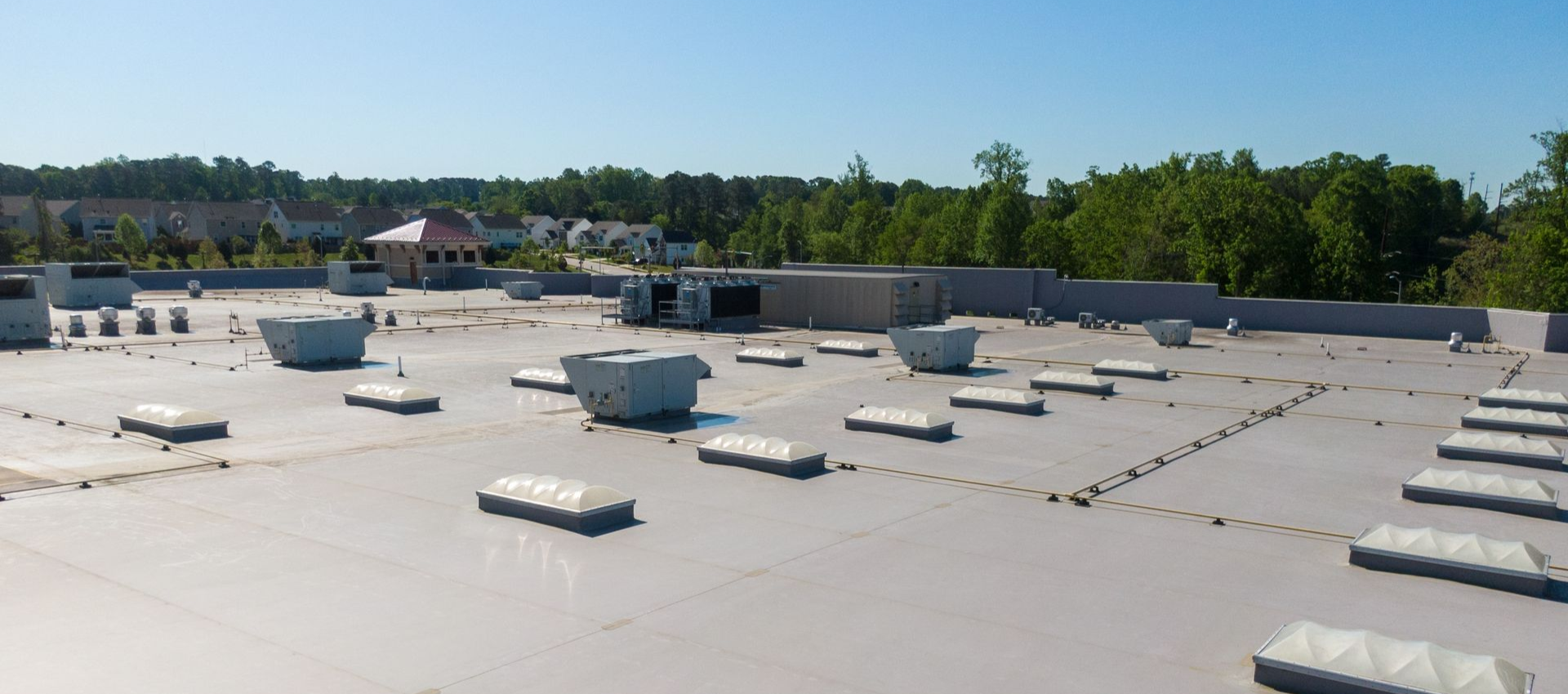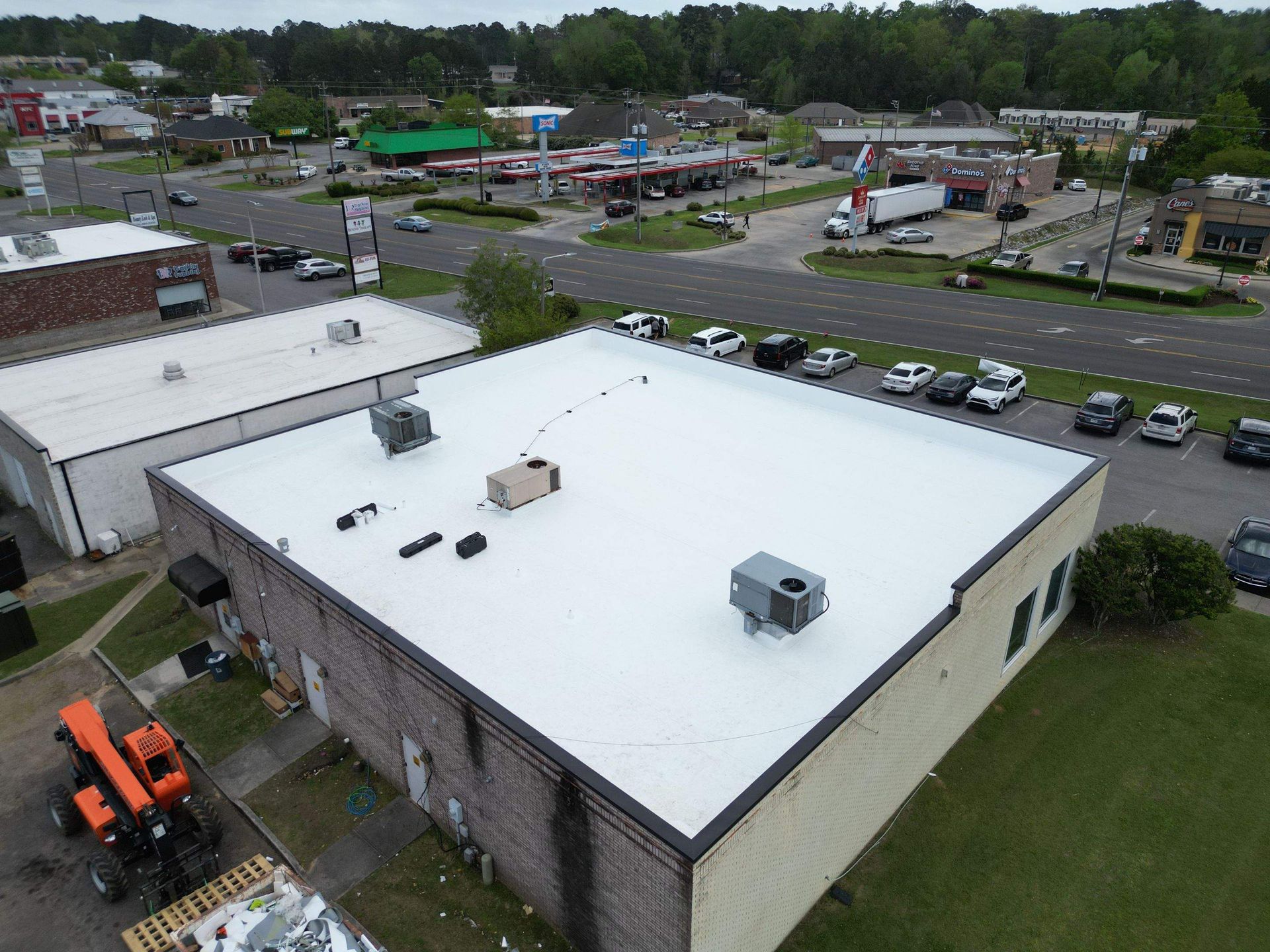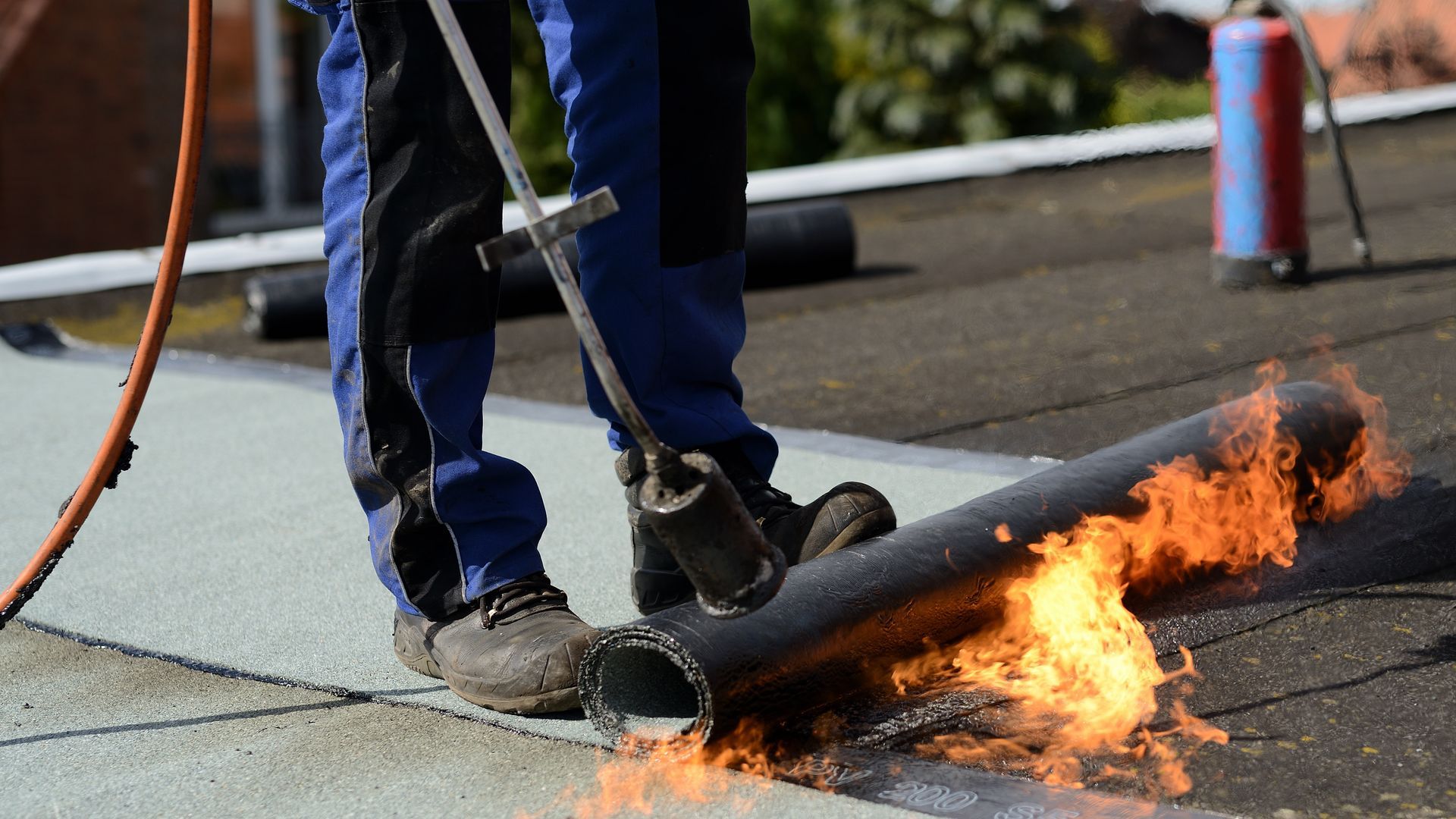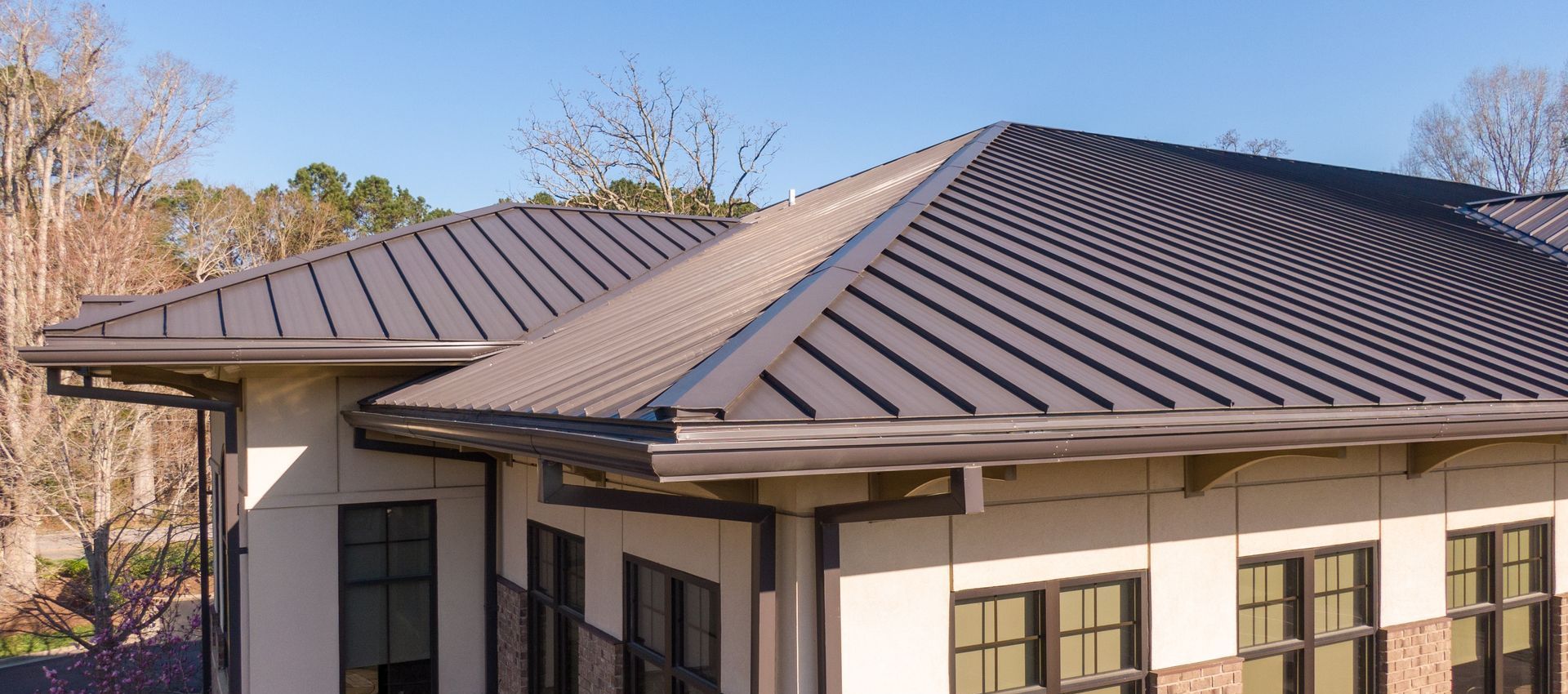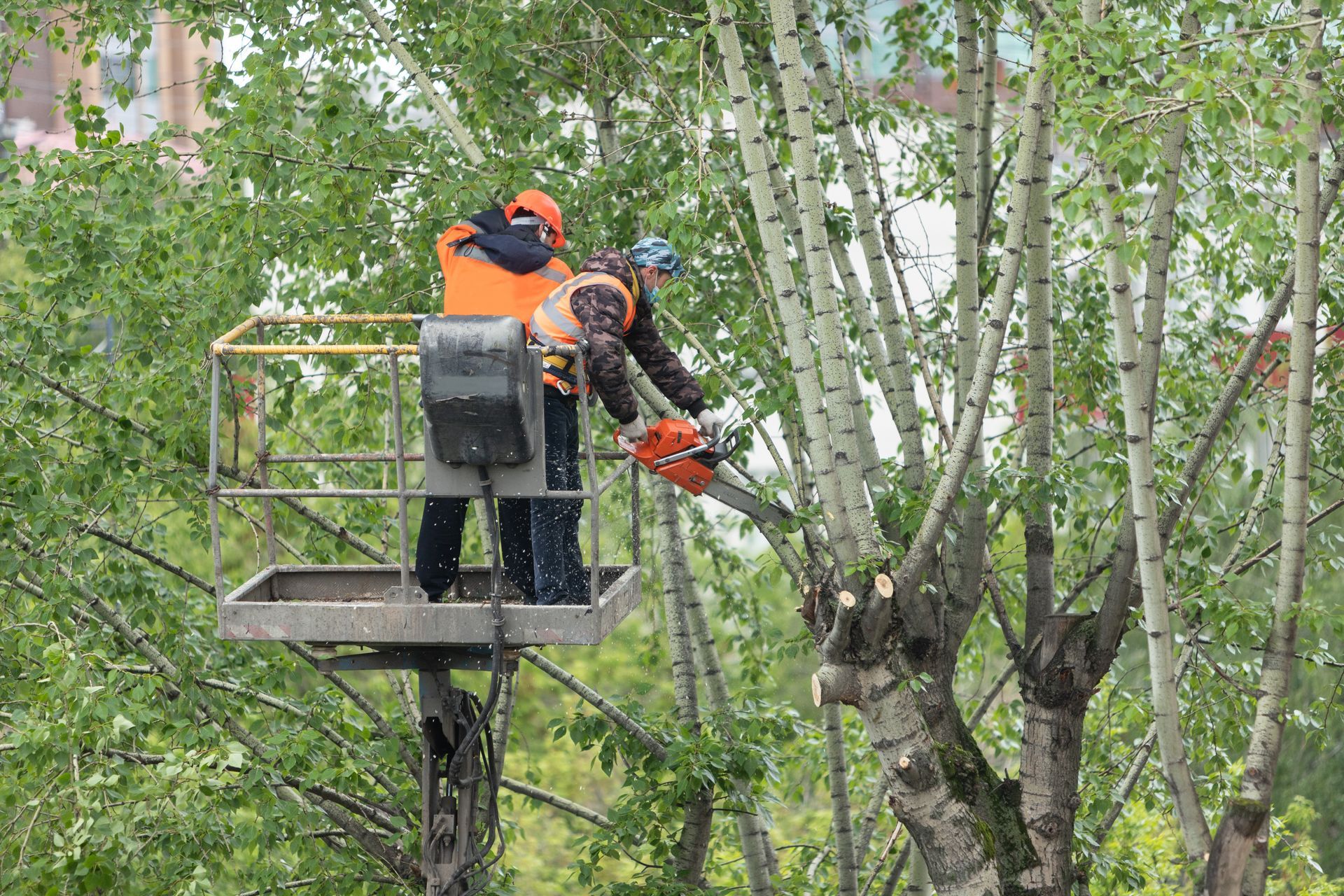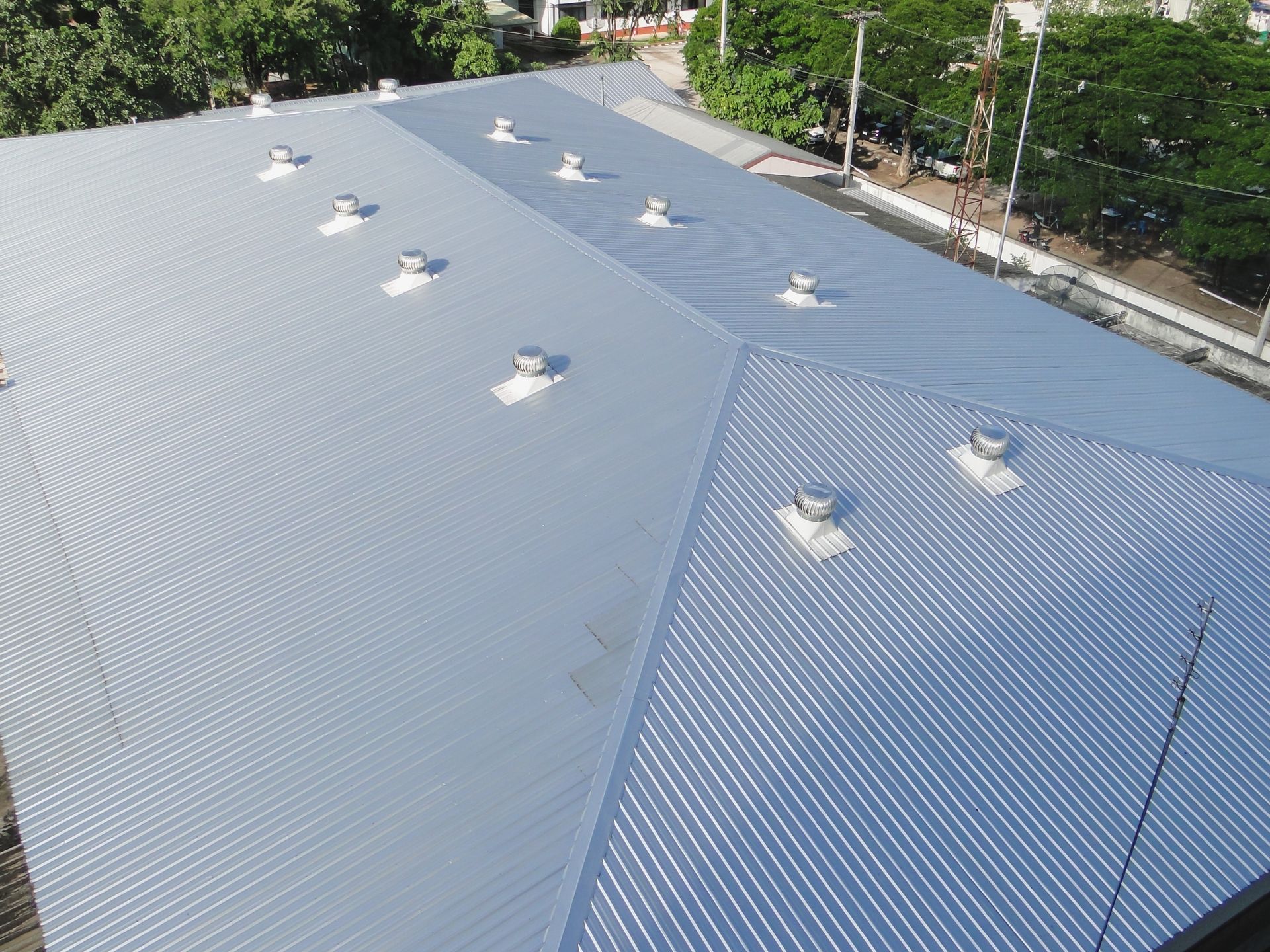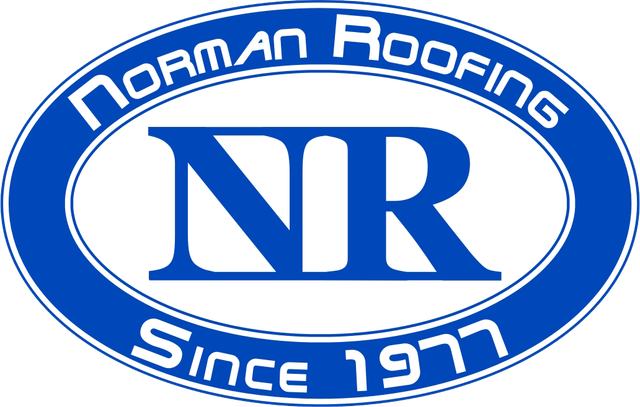What Are The Pros And Cons Of Standing Seam Metal Roofs And Other Kinds Of Metal Roofing? Is One Better Than Another?
Metal roofing comes in several variations. If you have been considering a metal roof, you may wonder which style is best for your home. So, what are the advantages of each design? Let’s examine the pros and cons to help you make an educated decision. The most common types of metal roofing are Corrugated and Standing Seams.
Here are the key features you need to know about each type of metal roofing
Corrugated Metal Roofing
This is a tried and true metal roofing that has been used for decades. The panels are shaped into grooves and ridges. This forms a U-shaped pattern. Usually made from aluminum or galvanized steel, a rolling machine is used to create the pattern. You can find different shapes, but this is the manufacturing method. The reason for this ridge and groove pattern is panels can be made thinner and still have more strength than a flat design. The panels are 2 to 3 feet wide and overlap each other during installation. Fastening is done at the overlap section to prevent shifting during windy conditions.
Pros of Corrugated Roofing
- Low Cost- The long panels make the installation easier and quicker to install compared to smaller asphalt roofing shingles.
- Lifespan- Corrugated metal roofing has a significantly longer lifespan than asphalt roofing.
- Heat Dispersion- When painted, heat and sunlight are reflected, helping to reduce your energy costs.
Cons of Corrugated Roofing
- Exposed Fasteners- The fasteners are exposed with Corrugated roofing panels. This makes it more prone to leaks.
- Curb Appeal- The long flat panels with a U-Shaped pattern are not pleasing to the eye. Most homeowners prefer the look of Standing-Seam panels.
- Maintenance- Continued maintenance is very important because of the exposed fasteners. Re-caulking may be necessary for 10 to 15 years.
Standing Seam Metal Roofing
The Standing Seam method of roofing uses wide panels with ribs. The fasteners are located under these legs, which offers protection from the weather. These ribs are connected in different ways. Snap-Lock or mechanical seams are the primary methods used to connect the seams. A Standing Seam is installed at the ridge after finishing the roof. This design is different than any other type of roofing.
Pros of Standing Seam Roofing
- Fasteners are not exposed- There is excellent protection from leaks because all the fasteners are under the vertical legs. The locking-together technology greatly improves the resistance to leaks. Necessary maintenance is also greatly reduced with this design.
- Long Lifespan- All metal roofing has a long lifespan, but Standing Seam is rated the best in this category. Exceptional Warranties can be offered because of the strong method of construction. Warranties for asphalt shingles may be up to 30 years, but there are 50-year warranties available for Standing Seam metal roofing. Certain warranties can be transferred to a new owner. Discuss the options before you sign your contract.
- Energy Efficiency- Your roof receives more direct sun than any other part of your home. An energy-efficient roof can have a significant effect on energy costs. The advantage of metal roofing is the ability to reflect sunlight when painted correctly. Many color options are available. A professional contractor can help you choose colors that work best in your home.
Cons of Standing Seam Roofing
- Cost- Including installation, Standing Seam is more expensive than corrugated roofing. However, the extended lifespan makes it possible to recover the initial cost over time.
- Maintenance- The fasteners are protected by the design, but still need to be inspected every few years. Repainting is recommended several times because of its long lifespan.
- Denting- Extreme weather conditions can cause denting due to tree branches and loose debris during high wind or hail. Keeping trees trimmed away from your home reduces this type of damage. All types of roofing can be damaged by extreme weather.
These are the two most popular types of metal roofing. There are several other types of metal roofing, but none are more popular with homeowners. While Corrugated Metal Roofing was the industry standard for many years, Standing Seam has taken the lead now because of the added benefits. The final choice is a matter of personal preference. Comparing all the features of both will give you a good idea of which design will suit your home and budget. Metal roofing can also add value to your home. If you decide to sell, this is a strong selling point. Be sure to choose a contractor with experience in metal roofing.
Please contact KM Construction for a free estimate on metal roofing. We have been proudly serving residents in McHenry County and the surrounding area since 1999. Our experienced staff will be happy to answer all your questions about metal roofing and our other services. Let’s get started on your new roof today!

